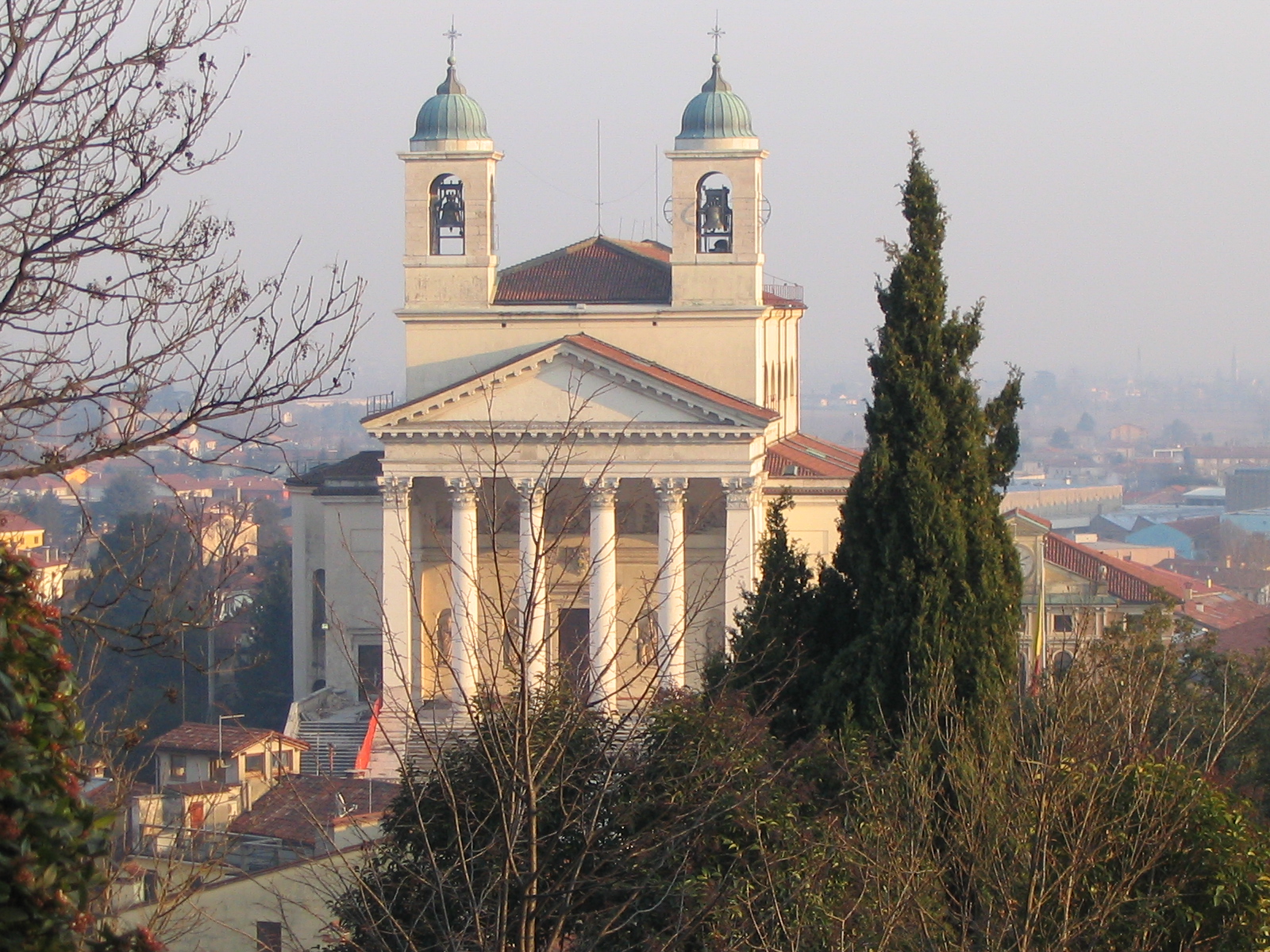|
Antonio Diedo
Antonio Diedo (15 November 1772 – 1 January 1847) was an Italian architect. Born in Venice, he was active both in his natal city and the mainland towns of the Republic of Venice. Biography Born to parents from the Venetian patrician families of Diedo and Priuli, as a young man he entered the seminary in Padua. He soon developed an interest in architecture and was educated in that art by Giacomo or Jacopo Albertolli (nephew of Giocondo Albertolli), a noted architect. Antonio wrote a number of treatises on architecture, including a monograph on Giovanni Battista Novello; a ''Speech on Architecture read in 1805 at the Accademia Veneta dei Filareti''; also a ''Dissertation about the imitation of the antique in architecture'' given to the same academy; and article in the Giornale di Padova about the work of Jacopo Querenghi, titled ''Sul bello di proporzione in architettura''. He became secretary and professor of the Academy of Fine Arts of Venice. In 1838, he was knighted to the ... [...More Info...] [...Related Items...] OR: [Wikipedia] [Google] [Baidu] |
Schio Duomo Visto Dal Castello
Schio is a town and comune in the province of Vicenza (region of Veneto, northern Italy) situated north of Vicenza and east of the Lake Garda. It is surrounded by the Dolomites, Little Dolomites (Italian Prealps) and Mount Pasubio. History Its name comes from Latin: ''escletum'' was a wood of oaks and it was first used in a document of some Benedictines from Vicenza. The first settlements were around two old hills, where now there are respectively the ruins of Castle of Schio, an old castle and a majestic Neoclassical architecture, neoclassical cathedral. By the 12th century Schio had become an important centre of prosperous wool manufacturing. The city was ruled by the Venetian Maltraversi family until 1311. Schio is now an industrial town thanks to Alessandro Rossi, who founded the biggest Italian wool firm (Lanerossi) in the 19th century. Rossi also arranged the building of houses, nurseries, schools, theatres and gardens for his workers. The most important textile factories in ... [...More Info...] [...Related Items...] OR: [Wikipedia] [Google] [Baidu] |
